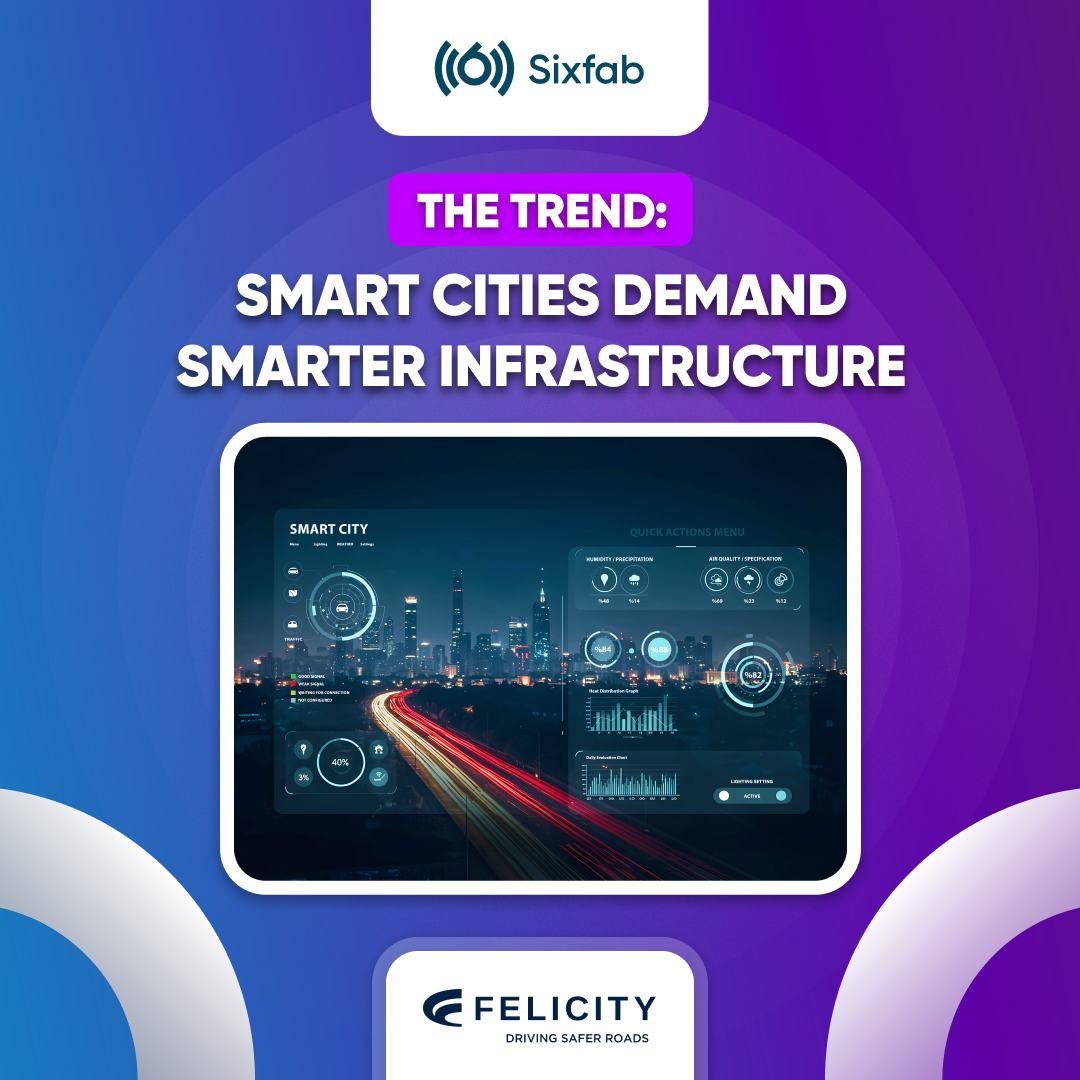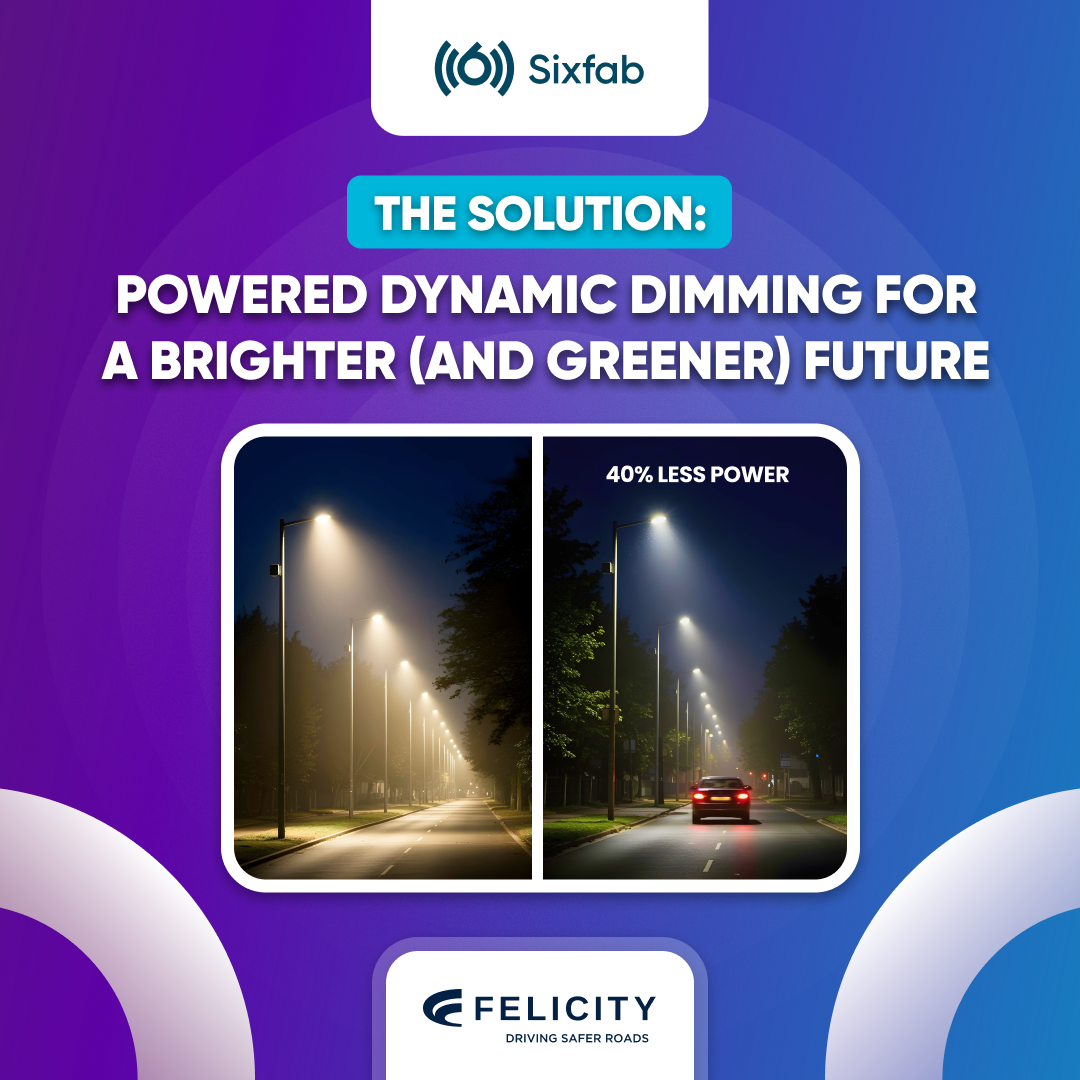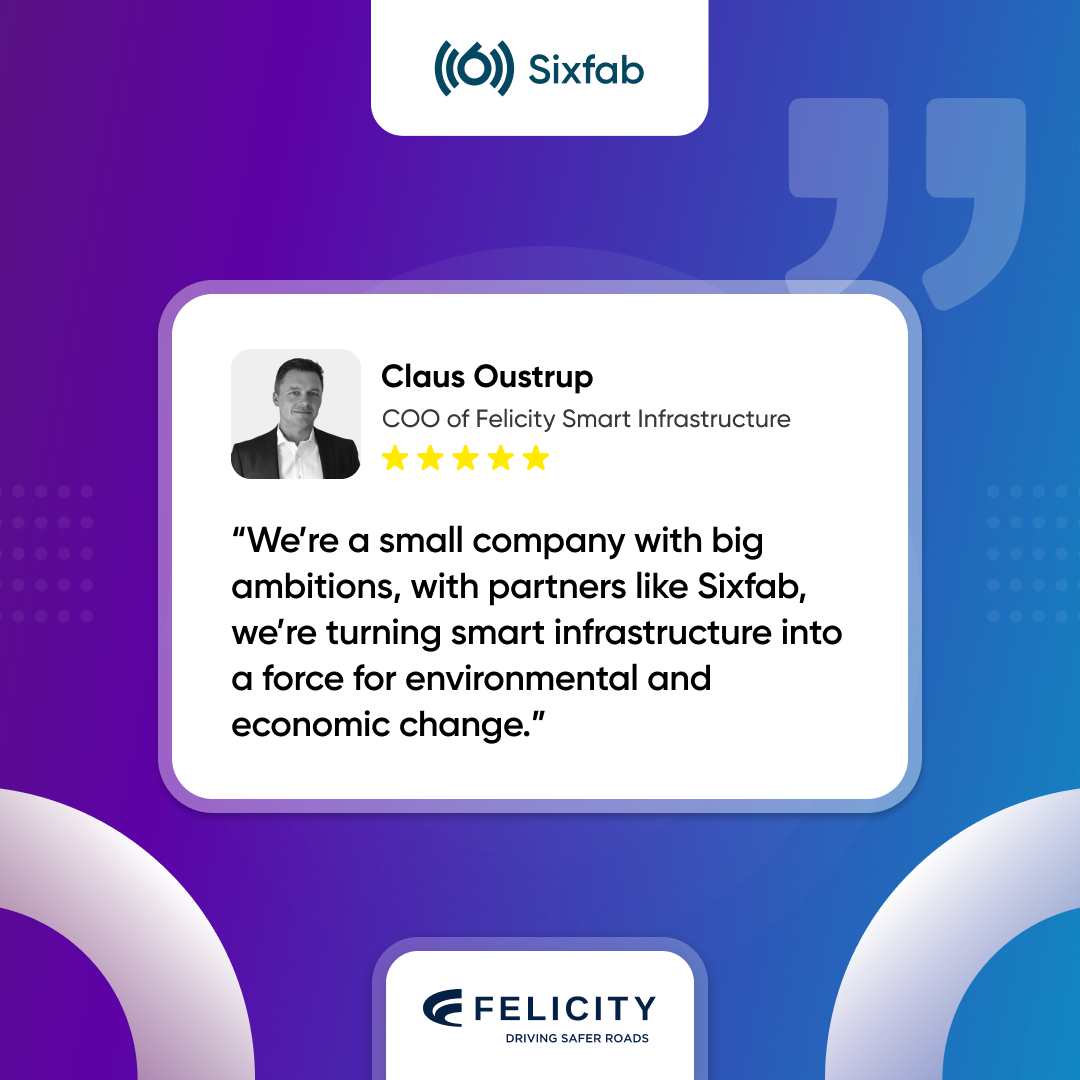The Trend: Smart Cities Demand Smarter Infrastructure
As urban centers push for greener, more connected environments, intelligent infrastructure is no longer optional, it’s essential. Real-time data collection and AI-driven automation are transforming how cities manage energy, traffic, and safety. But without reliable, ruggedized connectivity, even the most advanced AI solutions can’t deliver consistent results across harsh outdoor environments.



